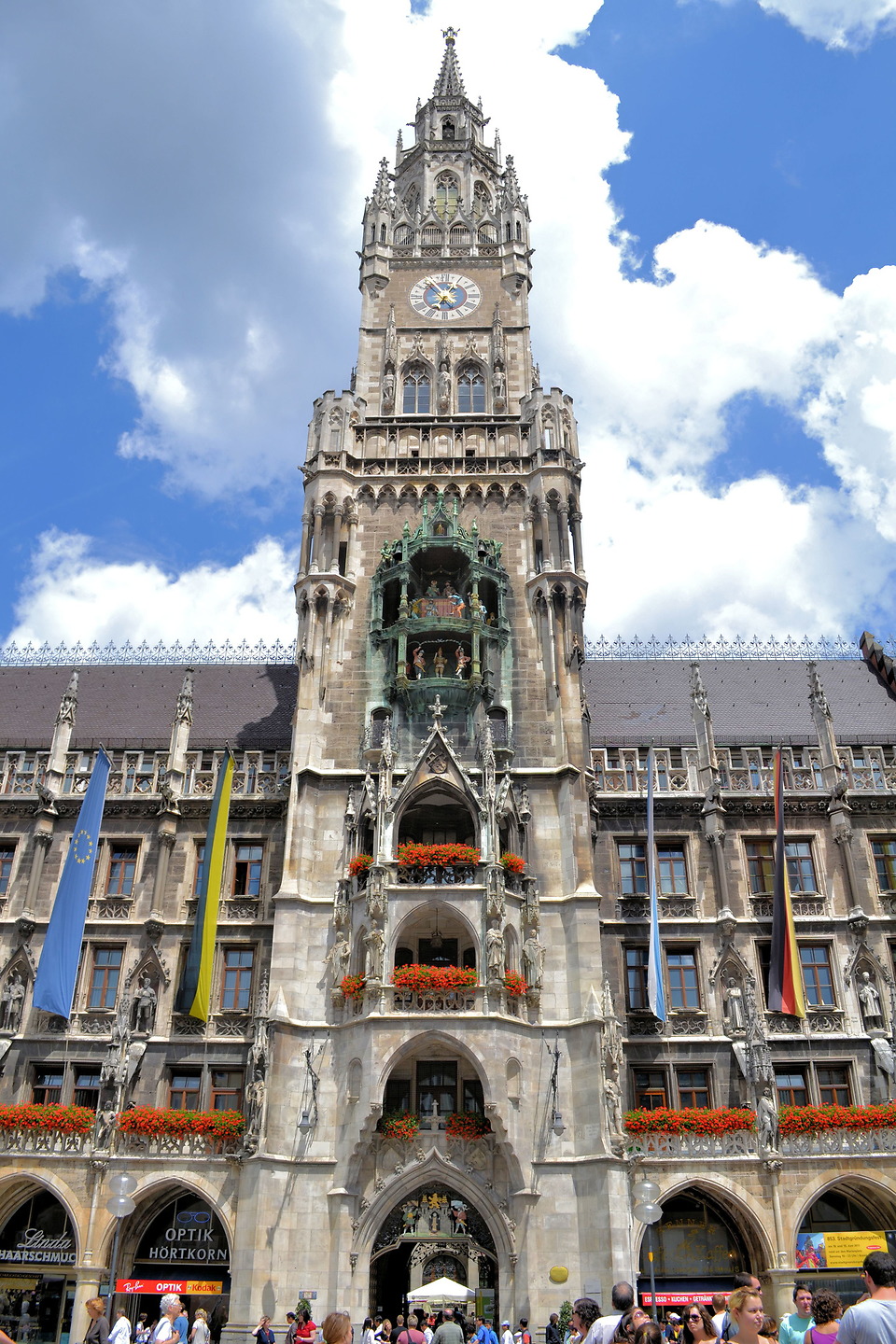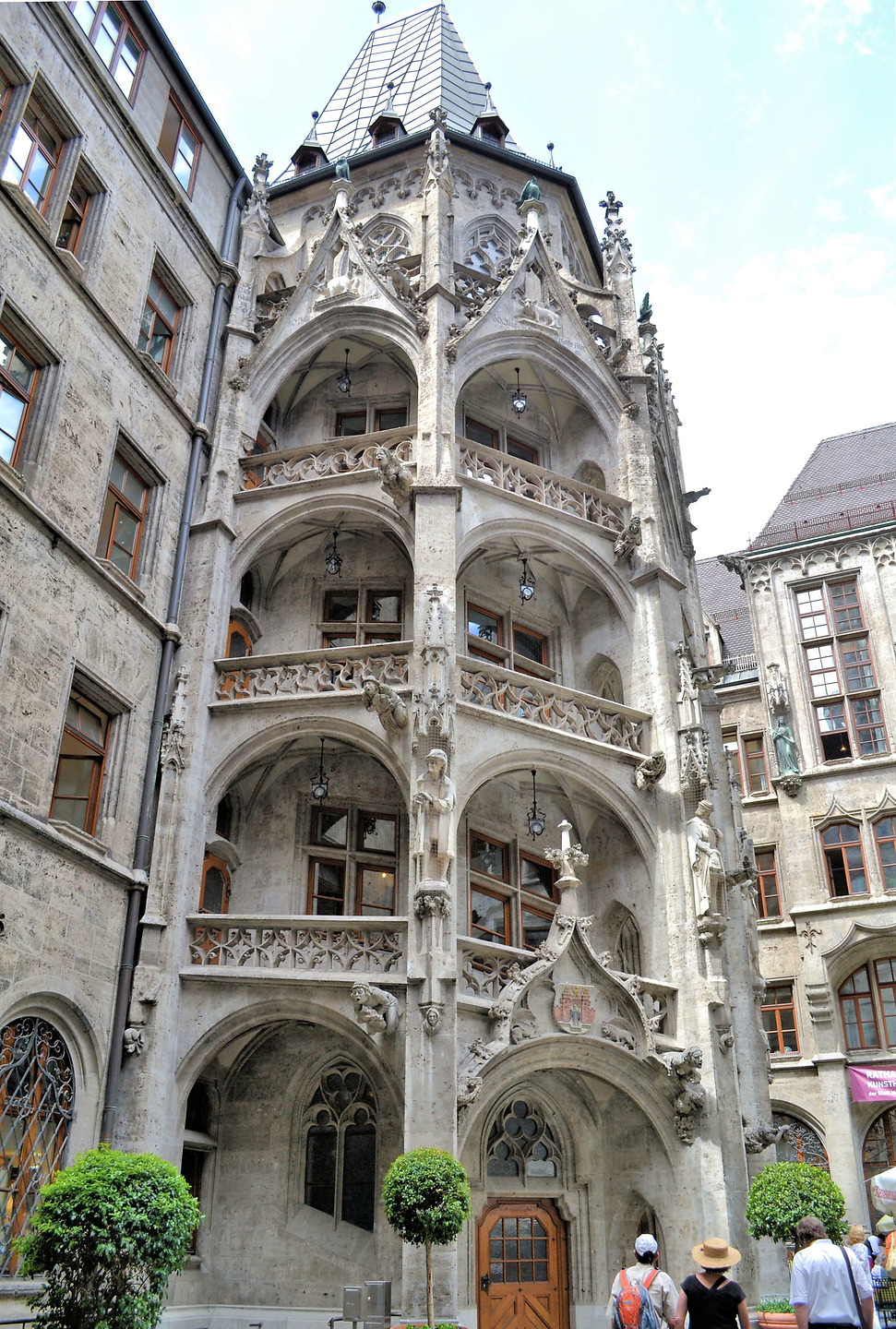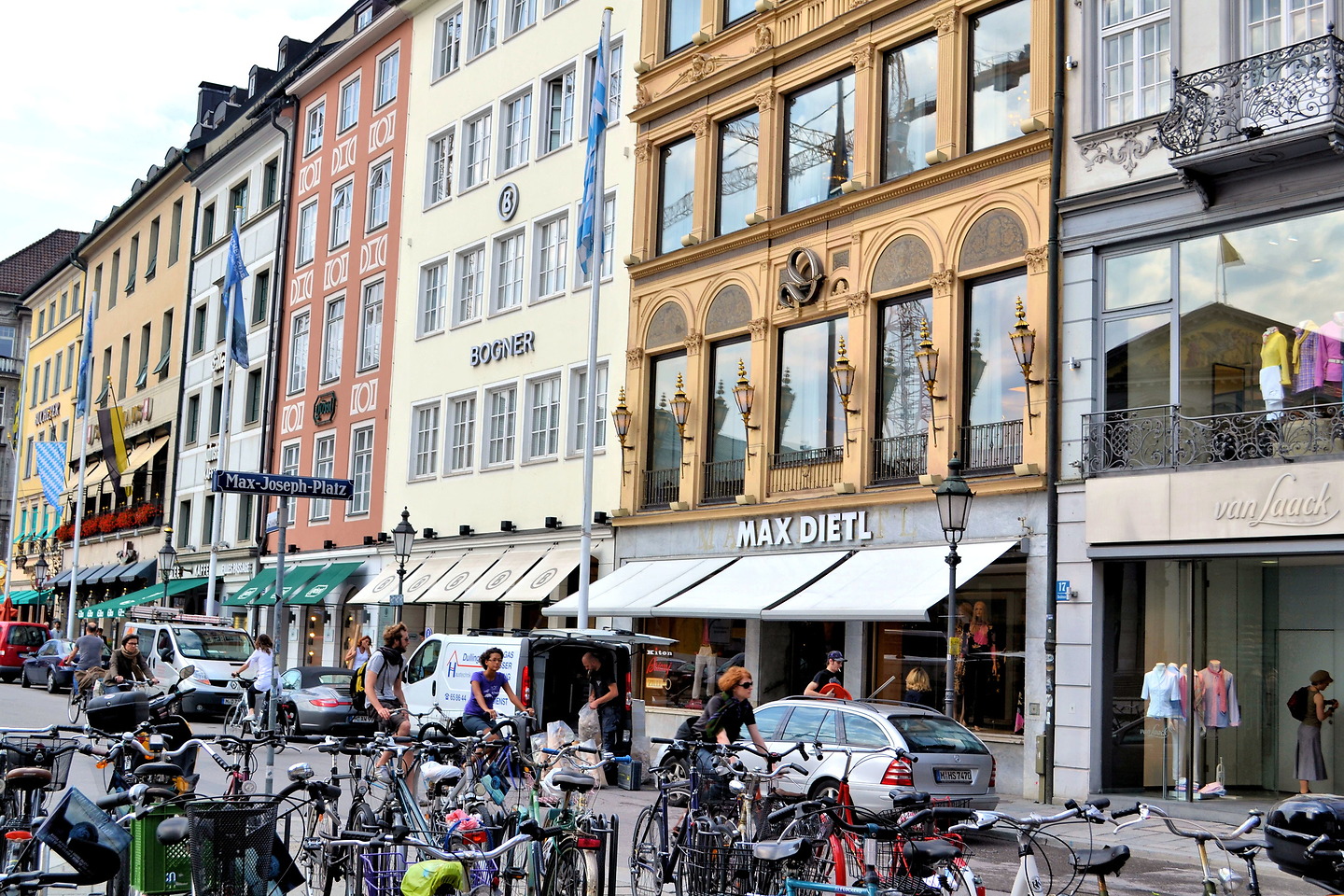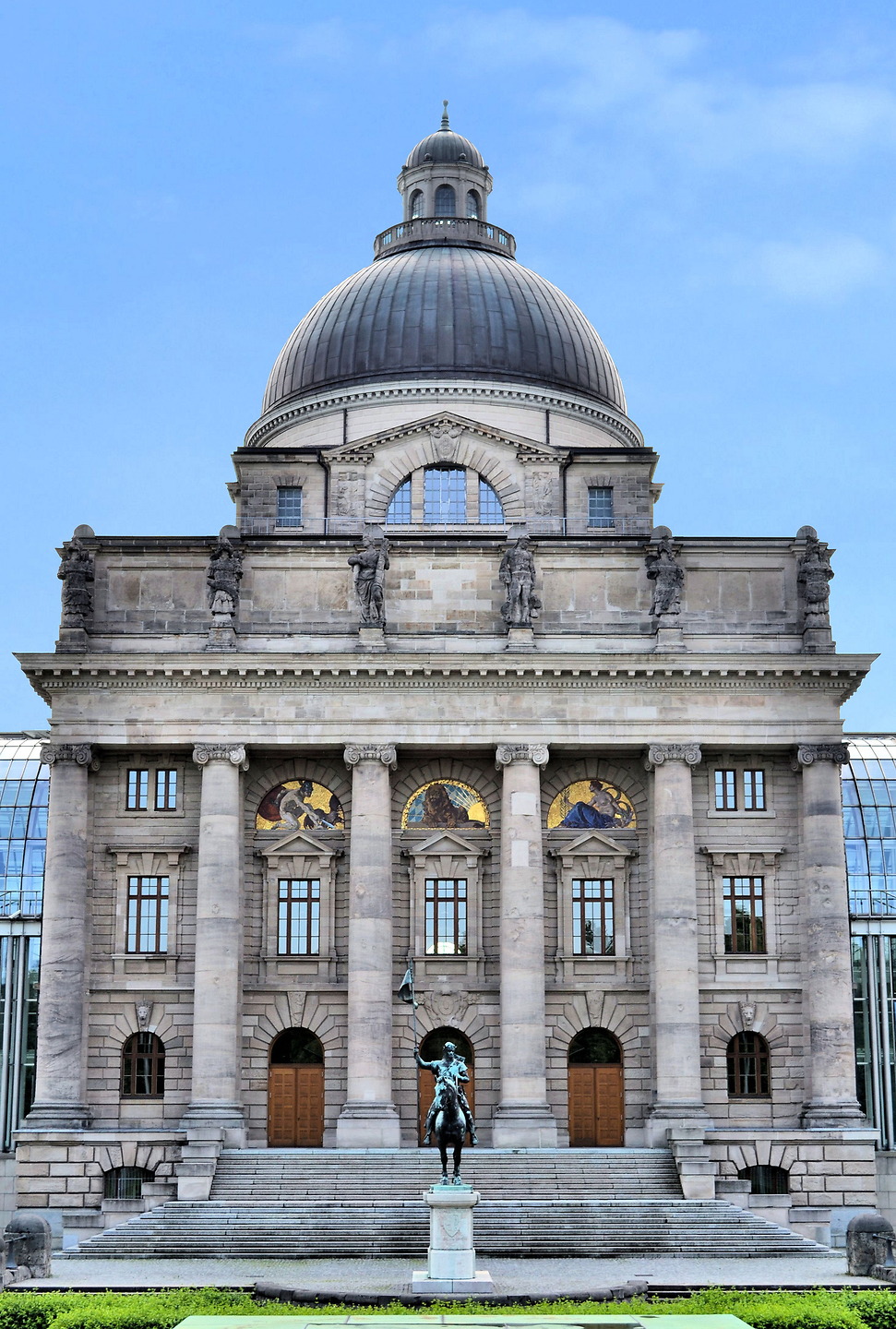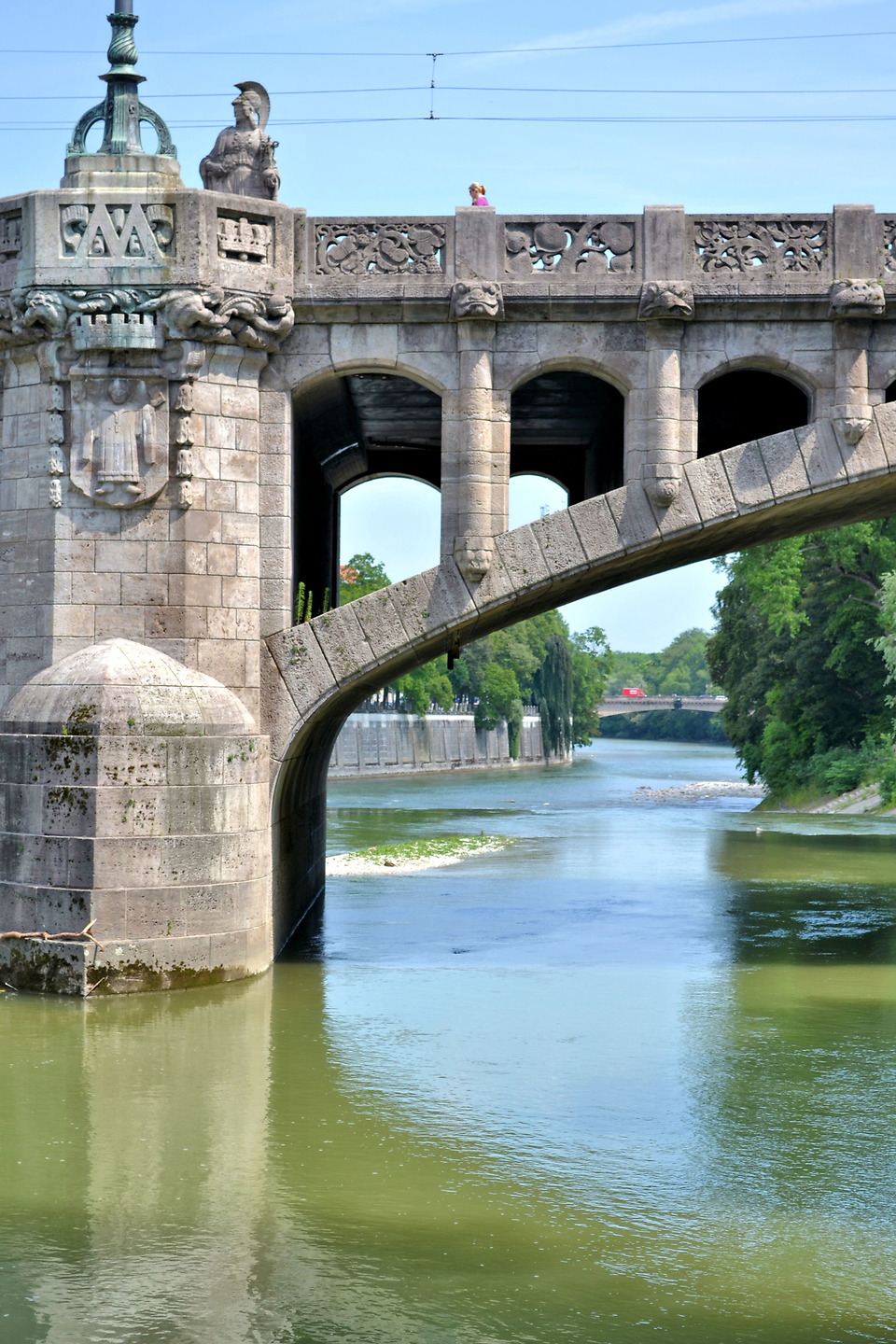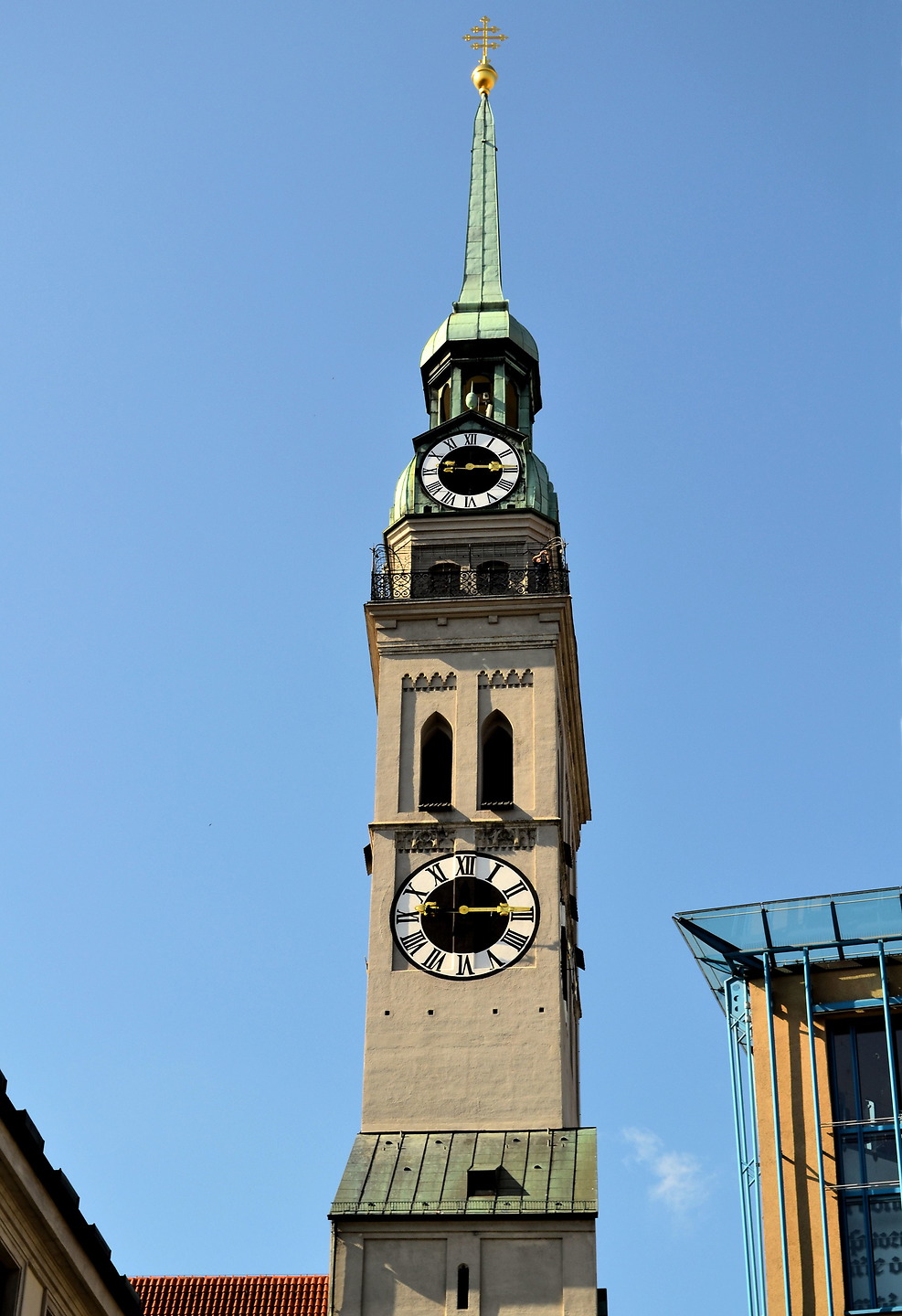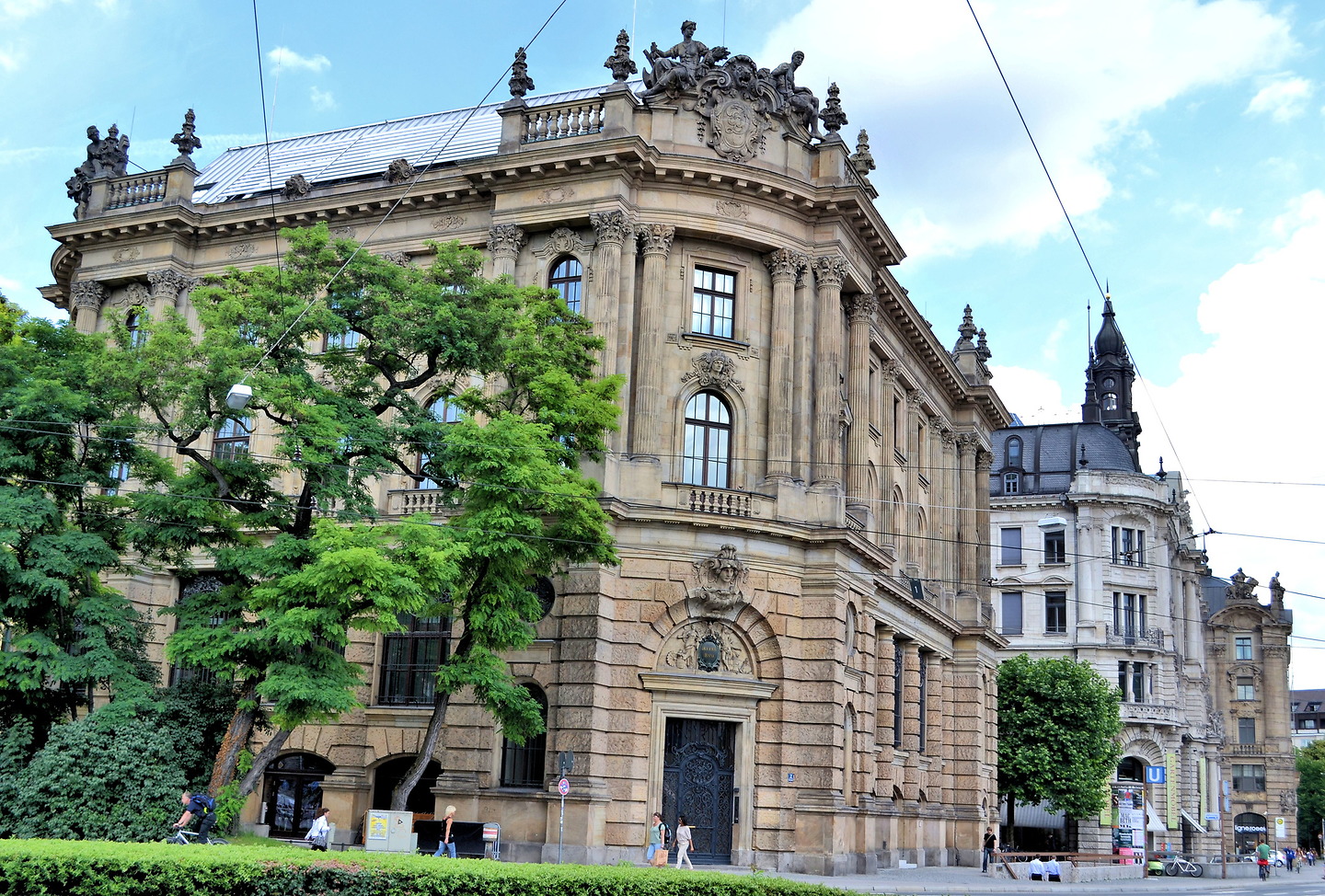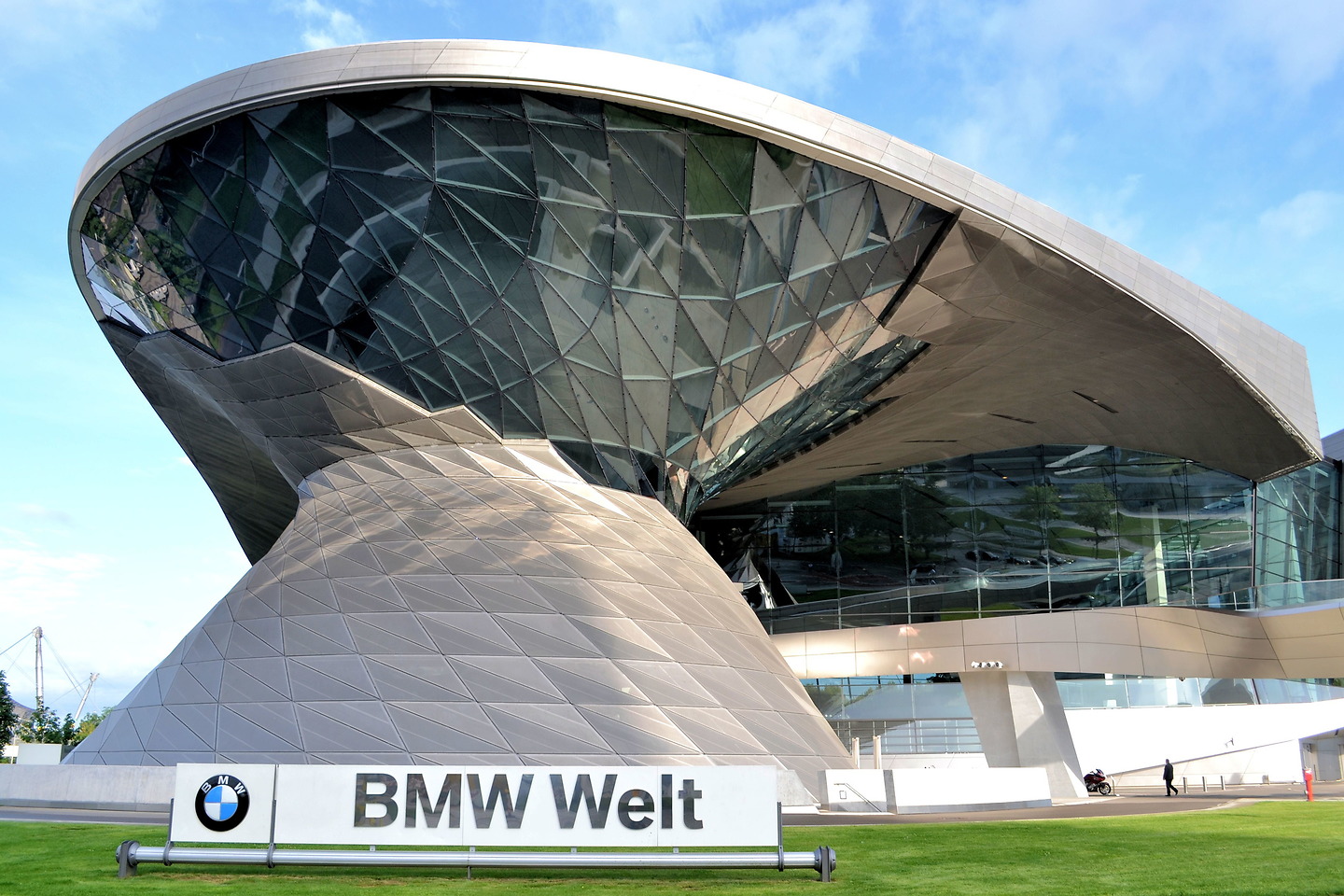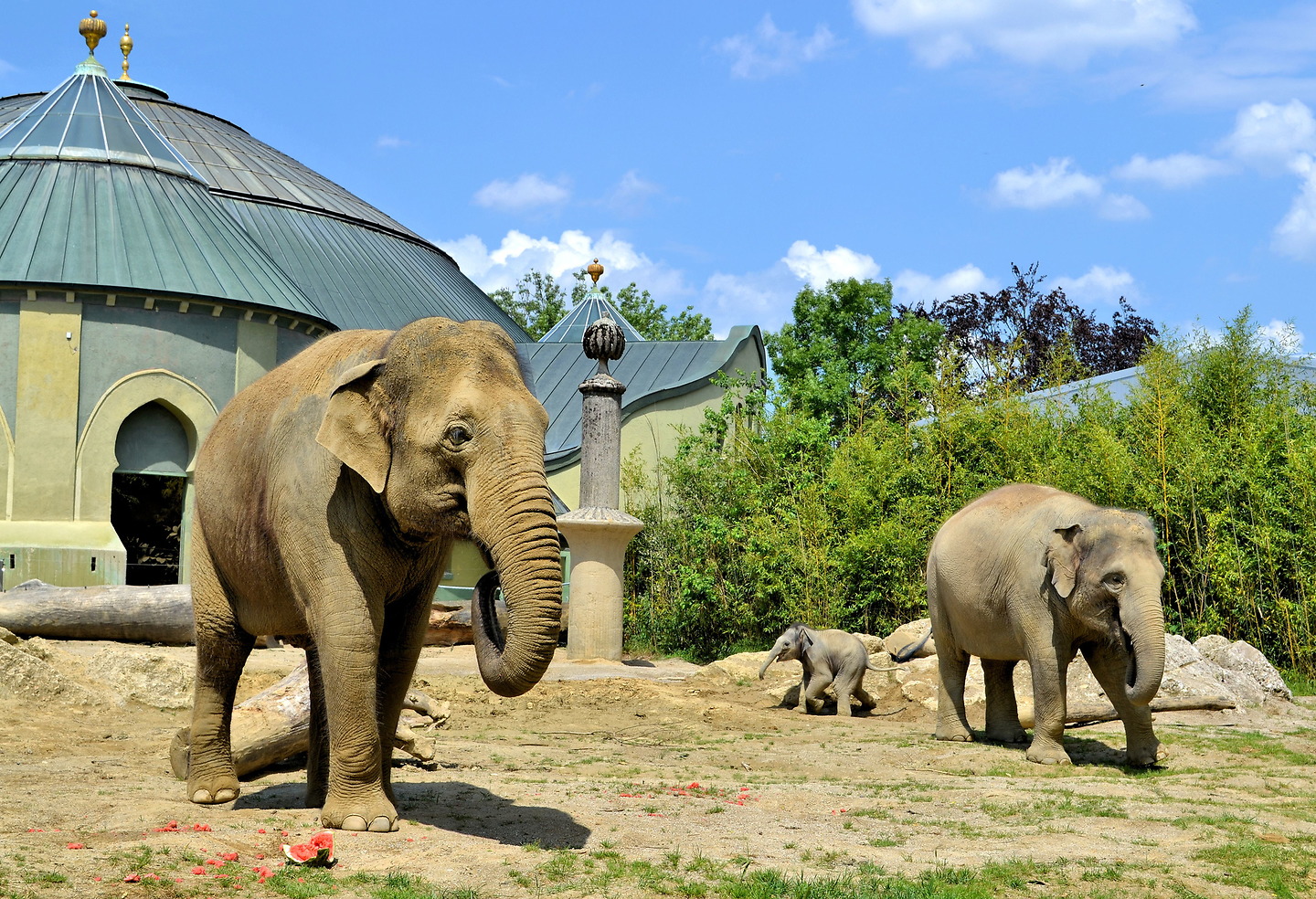München Altstadt (Old Town Munich) is only 1.25 square miles, making it easy to explore on foot. This Munich travel guide begins at Marienplatz in front of the New Town Hall. From this epicenter, you can meander in any direction and remain enchanted. But following this walking tour ensures you see most of the city’s highlights.


